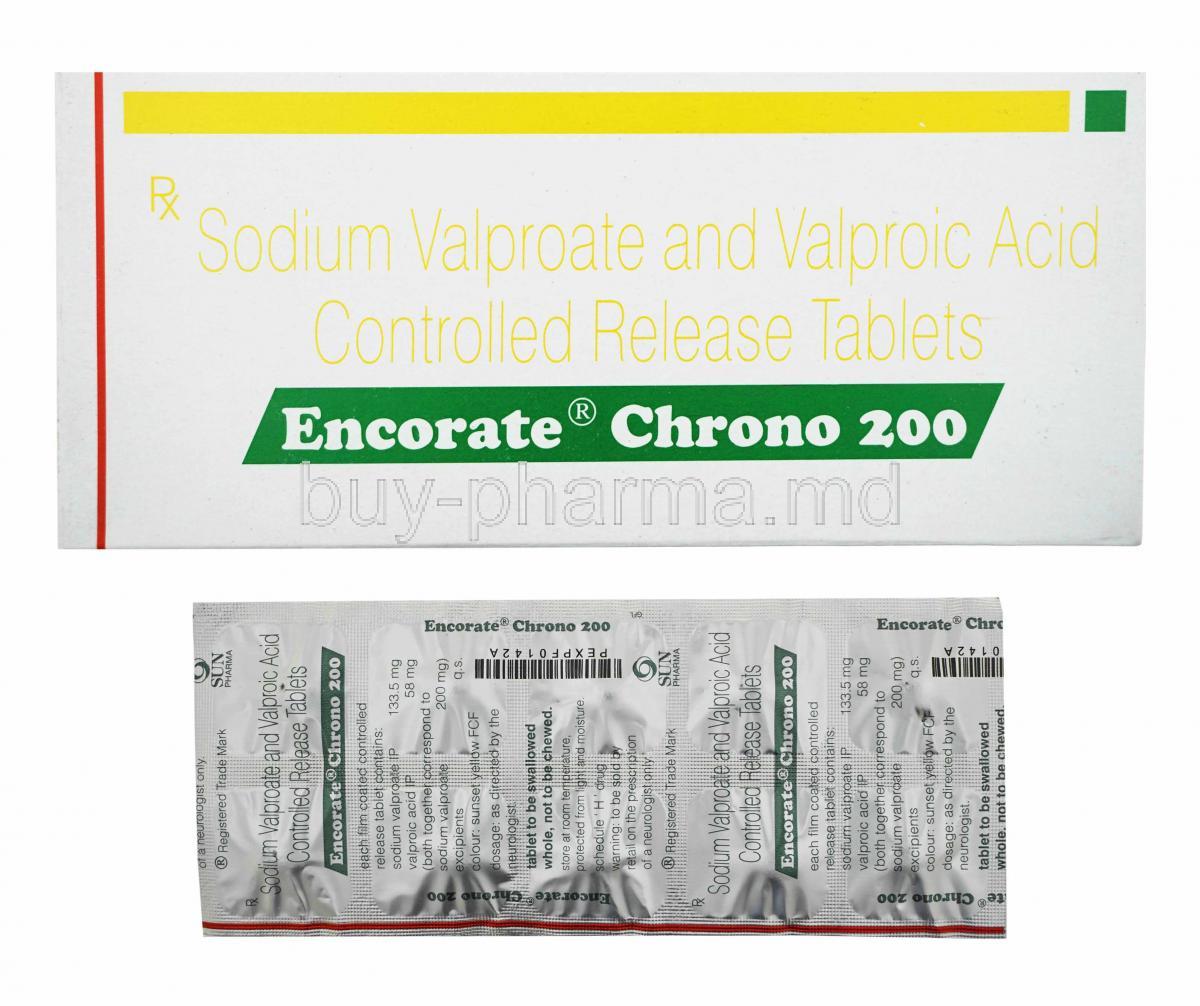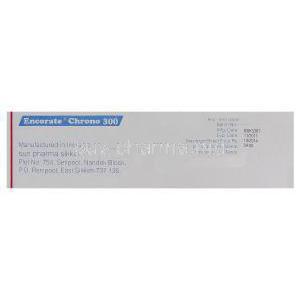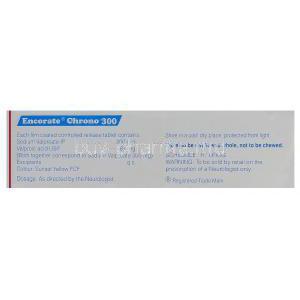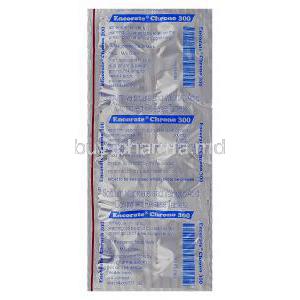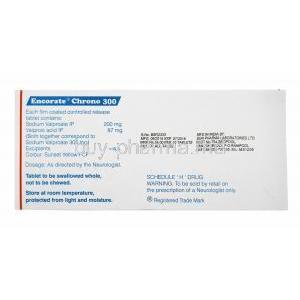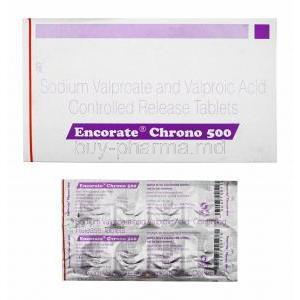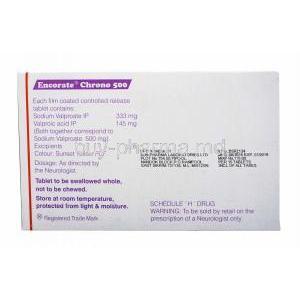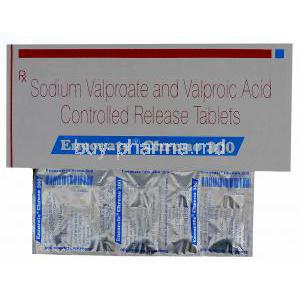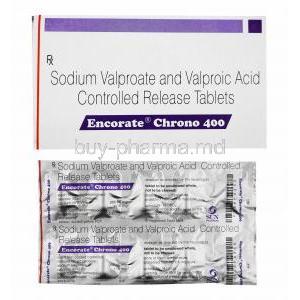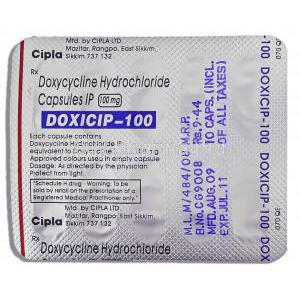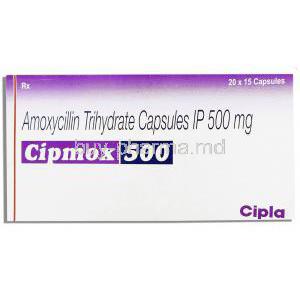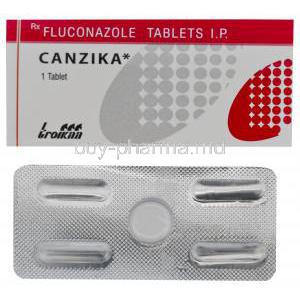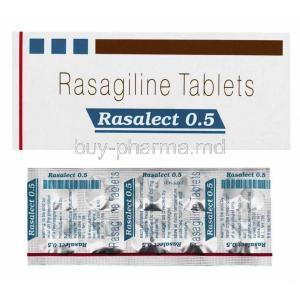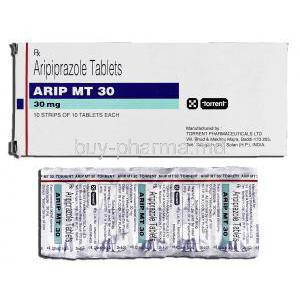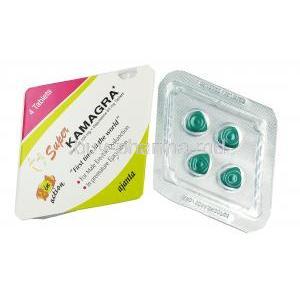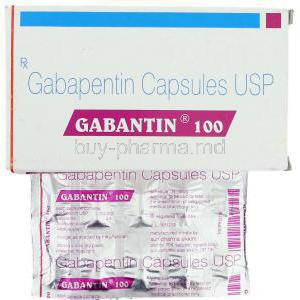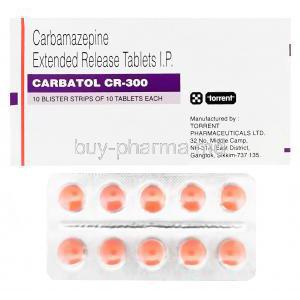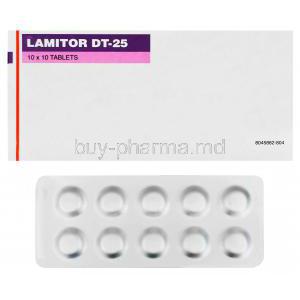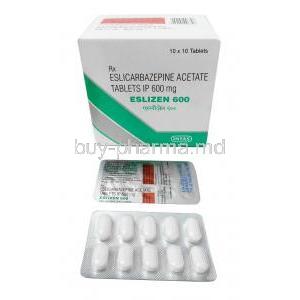Introduction
Overview of Encorate Chrono CR as a controlled-release formulation
Encorate Chrono CR is a controlled-release (CR) presentation of sodium valproate/valproic acid engineered to deliver a steadier pharmacokinetic profile across the dosing interval. The matrix design slows dissolution, reduces peak–trough fluctuation, and supports once- or twice-daily administration for sustained symptom control.
- Designed for stable plasma exposure over 12–24 hours
- Optimizes adherence through simplified dosing schedules
- Mitigates peak-related adverse effects such as sedation or tremor
Brief history and medical importance of sodium valproate and valproic acid
Valproate emerged in the mid-20th century as a broad-spectrum antiepileptic after serendipitous discovery of its anticonvulsant properties. It rapidly became indispensable in neurology and psychiatry owing to its efficacy across generalized and focal epilepsies and its mood-stabilizing capacity.
- Decades of clinical use with extensive real-world evidence
- Recognized utility in refractory seizure phenotypes
- Foundational agent in acute mania management
Classification as an anticonvulsant and mood stabilizer
Pharmacotherapeutically, valproate is classified as an antiepileptic drug (AED) with robust mood-stabilizing properties. Its pleiotropic mechanisms confer neuroinhibitory and anti-kindling effects relevant to seizures and affective dysregulation.
Composition and Formulation
Active ingredients: Sodium valproate and valproic acid in combination
Encorate Chrono CR contains a coordinated mixture of sodium valproate and valproic acid, achieving bioequivalence to valproate ion while leveraging formulation science to modulate release.
Controlled-release technology for steady plasma concentration
The CR platform employs polymeric matrices and diffusion-controlled kinetics. This architecture attenuates Cmax, prolongs Tmax, and sustains therapeutic concentrations, which may translate into improved tolerability and nocturnal seizure protection.
Available strengths and dosage forms
- CR tablets or capsules in multiple strengths for weight- and response-based titration
- Scored options in select markets to facilitate incremental adjustments
- Color-coded presentations for dispensing clarity
Mechanism of Action: How Encorate Chrono CR Works
Effect on gamma-aminobutyric acid (GABA) neurotransmission
Valproate enhances inhibitory GABAergic tone via increased synthesis and decreased catabolism of GABA, augmenting neuronal hyperpolarization and dampening excessive excitatory drive.
- Inhibition of GABA transaminase and succinic semialdehyde dehydrogenase
- Upregulation of glutamic acid decarboxylase activity
Inhibition of voltage-gated sodium channels
Use-dependent blockade of voltage-gated sodium channels stabilizes inactivated channel states, curtailing high-frequency neuronal firing that underlies seizure propagation.
Modulation of neuronal firing and stabilization of mood
Through convergent effects on ion channels and neurotransmitter systems, valproate reduces pathologic neuronal synchrony and exerts anti-kindling actions pertinent to bipolar affective episodes.
Neuroprotective properties and broader implications
Ancillary mechanisms—such as histone deacetylase (HDAC) inhibition, antioxidative effects, and modulation of intracellular signaling—may contribute to neuroprotection and long-term disease modification, though clinical translation remains nuanced.
Approved Medical Uses of Encorate Chrono CR
Epilepsy and Seizure Disorders
As a broad-spectrum AED, valproate demonstrates efficacy across diverse seizure types and epilepsy syndromes.
Generalized tonic-clonic seizures
Effective in reducing frequency and severity, particularly in idiopathic generalized epilepsies.
Absence seizures
Proven first-line option when ethosuximide is unsuitable or when mixed seizure types coexist.
Myoclonic seizures
High responsiveness in juvenile myoclonic epilepsy, addressing both myoclonus and generalized convulsions.
Partial seizures
Adjunctive or monotherapy utility in focal onset seizures with or without secondary generalization.
Bipolar Disorder
Acute mania management
Rapid antimanic effects attenuate agitation, pressured speech, and sleep disruption.
Long-term mood stabilization
Prophylaxis against manic relapse; adjunctive role in mixed features where irritability and lability predominate.
Migraine Prophylaxis
Prevention of recurrent migraine attacks
Reduces attack frequency and intensity in episodic migraine; individualized dosing balances efficacy and tolerability.
Off-Label Uses of Sodium Valproate / Valproic Acid
Schizoaffective disorder and treatment-resistant schizophrenia
Adjunctive use may mitigate affective instability and impulsive aggression in select patients.
Borderline personality disorder (BPD)
Evidence suggests benefits for affective lability and anger outbursts within comprehensive psychotherapy-anchored care.
Post-traumatic stress disorder (PTSD)
Exploratory applications target hyperarousal and mood dysregulation; careful risk–benefit evaluation is essential.
Neuropathic pain management
Occasional use in refractory neuropathic syndromes where conventional agents are insufficient.
Aggression and behavioral disturbances in dementia
Considered in limited, closely monitored contexts due to safety considerations in older adults.
Dosage and Administration Guidelines
General dosing principles for adults
Treatment typically begins with a conservative daily dose, followed by incremental titration to clinical response while observing serum level targets. The CR formulation supports once-daily evening dosing or divided twice-daily regimens.
- Initiate low, titrate slow to minimize adverse effects
- Target therapeutic range based on clinical response and serum troughs
- Adjust for body weight, comorbidities, and concomitant medications
Pediatric dosing and age-specific recommendations
Pediatric dosing is weight-normalized with heightened vigilance in children under two years due to increased hepatotoxicity risk. Growth, cognition, and nutritional status warrant routine review.
- Use minimal effective dose consistent with seizure control
- Prefer CR where appropriate to enhance adherence and sleep continuity
Dose titration and therapeutic drug monitoring
Serum valproate trough concentrations guide optimization, particularly when clinical response is ambiguous or interactions are suspected. Monitoring aligns with changes in regimen or health status.
- Check trough levels after steady state (typically 3–5 days post-adjustment)
- Correlate concentrations with seizure diary and adverse-effect profile
- Reassess after adding or removing interacting drugs
Administration with food and effect on absorption
Administration with food may mitigate gastrointestinal discomfort without compromising bioavailability. CR matrices should be swallowed whole to preserve release characteristics.
- Avoid crushing or chewing CR tablets or capsules
- Maintain consistent timing relative to meals for predictable exposure
Switching between immediate-release and controlled-release formulations
Conversion from immediate-release to CR typically employs a milligram-for-milligram total daily dose with clinical and biochemical follow-up. Minor adjustments may be necessary to re-establish prior control due to altered pharmacokinetics.
- Recheck trough level after conversion
- Monitor for emergence of breakthrough symptoms or sedation
- Educate on new dosing schedule and tablet handling
Side Effects of Encorate Chrono CR
Common Side Effects
Like most pharmacological agents, Encorate Chrono CR may produce mild to moderate side effects in some individuals. These effects are often transient, but awareness helps in prompt recognition and management.
- Headache, dizziness, drowsiness: These neurological effects are frequent during initiation or dose escalation.
- Gastrointestinal symptoms: Nausea, vomiting, indigestion, or abdominal discomfort may occur, especially without food intake.
- Tremors, weight gain, hair loss: Fine tremors and alopecia are commonly reported, along with gradual weight increase due to metabolic shifts.
- Changes in appetite and fatigue: Some individuals notice altered appetite patterns accompanied by persistent lethargy.
Serious Adverse Reactions
In rare but significant cases, Encorate Chrono CR may trigger severe complications requiring immediate medical intervention.
- Hepatotoxicity and liver failure: Life-threatening hepatic injury, particularly in young children or those with pre-existing liver conditions.
- Pancreatitis: Acute or chronic pancreatic inflammation presenting with abdominal pain, nausea, and vomiting.
- Thrombocytopenia and coagulation disorders: Reduced platelet counts and bleeding tendencies necessitate routine blood monitoring.
- Cognitive impairment and encephalopathy: Manifestations may include confusion, slowed cognition, and hyperammonemic encephalopathy.
- Risk of suicidal thoughts and behavioral changes: Increased vigilance is advised for mood disturbances or ideation shifts.
Drug Interactions
Encorate Chrono CR interacts with a variety of medications and substances, potentially altering efficacy or safety.
- Other antiepileptic drugs: Phenytoin, carbamazepine, and lamotrigine levels may be altered, leading to toxicity or reduced therapeutic effect.
- Anticoagulants: Potentiation of bleeding risk due to interference with coagulation pathways.
- Alcohol and CNS depressants: Additive sedative effects can impair coordination and cognitive performance.
- Hormonal contraceptives: Some evidence suggests reduced efficacy, necessitating backup contraception methods.
- Enzyme-inducing drugs: Agents such as rifampicin may accelerate valproate metabolism, lowering plasma levels.
Warnings and Important Precautions
Caution is advised when prescribing Encorate Chrono CR, as several risks require consistent monitoring and preventive strategies.
- Hepatotoxicity: Regular liver function tests are mandatory, especially during early therapy.
- Teratogenicity: Substantial risk of neural tube defects and fetal malformations; pregnancy planning requires specialist input.
- Pancreatitis: Immediate drug withdrawal if pancreatitis is suspected or confirmed.
- Suicidality: Psychiatric monitoring for new or worsening mood or behavior changes.
- Bone health: Long-term therapy may contribute to reduced bone mineral density.
Contraindications
Encorate Chrono CR must be strictly avoided in certain medical conditions due to severe risk potential.
- Hypersensitivity: Known allergy to valproate compounds.
- Liver disease: Active or severe hepatic impairment excludes safe administration.
- Mitochondrial disorders: POLG-related conditions elevate risk of fatal hepatotoxicity.
- Pregnancy: Contraindicated unless no suitable alternative exists and benefits outweigh risks.
Careful Administration and Monitoring
Close clinical supervision ensures optimized therapy with minimized complications.
- Liver function and blood counts: Periodic testing is essential for early detection of toxicity.
- Plasma concentration monitoring: Trough levels guide dose adjustments and detect non-compliance or toxicity.
- Renal impairment: Dose modification and increased observation are advised.
- Psychiatric disorders: Additional caution in patients with depression or behavioral instability.
- Gradual withdrawal: Sudden discontinuation risks rebound seizures; tapering is mandatory.
Use in Special Populations
Administration to Elderly Patients
Elderly patients exhibit heightened susceptibility to sedative and metabolic adverse events. Dose individualization based on hepatic and renal clearance is crucial.
Administration to Pregnant Women and Nursing Mothers
- Teratogenic risk: High incidence of neural tube and craniofacial malformations.
- Folic acid supplementation: Recommended to lower risk of congenital anomalies.
- Breastfeeding: Valproate is excreted in breast milk; infant monitoring is necessary for sedation or poor weight gain.
Administration to Children
Children require vigilant dose calculation and follow-up due to growth and neurodevelopmental considerations.
- Risk of hepatotoxicity is highest in children below 2 years of age.
- Weight-based dosing ensures precision and minimizes toxicity.
- Neurocognitive monitoring is advisable during long-term therapy.
Overdose and Emergency Management
Excessive ingestion of Encorate Chrono CR can precipitate life-threatening conditions.
- Symptoms: Confusion, deep coma, hypotension, respiratory depression.
- Metabolic derangements: Hyperammonemia and metabolic acidosis are critical complications.
- Treatment: Gastric lavage, activated charcoal, and supportive care.
- L-carnitine therapy: Beneficial in valproate-induced hyperammonemia.
- Hemodialysis: Considered in severe or refractory cases.
Storage and Handling Precautions
Proper storage and safe handling preserve drug stability and prevent misuse.
- Storage conditions: Keep at controlled room temperature, shielded from moisture and direct sunlight.
- Safe handling: Prevent accidental ingestion by children; secure in a closed cabinet.
- Disposal: Expired or unused medication should be disposed of according to local pharmaceutical waste guidelines.
- Caregiver precautions: When administering to children, ensure tablets are not crushed or chewed to maintain controlled-release properties.

